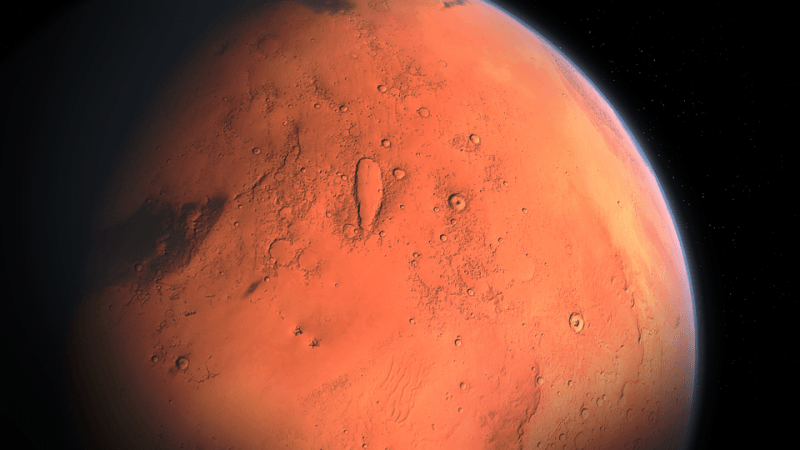
Astronomers discovered boron on Mars leveraging the hypothesis about the ancient Red Planet being habitable.
ALSO READ: Is there an alien megastructure really there around Tabby's star? All you need to know
All modern life forms are made up of RNA (ribonucleic acid), but researchers formulated theories about an "RNA World" in which the first proto-type creature was made of individual RNA strands which comprised of genetic data.
Ribose – a sugar – is the key component of RNA. As sugars are unstable elements and water soluble, ribose would require another element to be stable. Boron does the trick here, it changes to borate when dissolved in water. It will react with the ribose, stabilise it for long enough to create RNA.
"Because borates may play an important role in making RNA – one of the building blocks of life – finding boron on Mars further opens the possibility that life could have once arisen on the planet," said Patrick Gasda, a postdoctoral researcher at Los Alamos National Laboratory in the US.
"We detected borates in a crater on Mars that's 3.8 billion years old, younger than the likely formation of life on Earth," Gasda said further.
"Essentially, this tells us that the conditions from which life could have potentially grown may have existed on ancient Mars, independent from Earth," he said.
The boron discovered on the Red Planet was found in calcium sulfate mineral veins in the Martian groundwater. This point towards the probability of some groundwater present in the Gale Crater. NASA's Curiosity had landed in the Gale Crater in 2012.
The Mars Rover's laser-shooting ChemCam (Chemistry and Camera) instrument helped in detecting boron. The instrument was devised at Los Alamos National Laboratory in conjunction with the French space agency. The latest findings shed light on the composition of Martian rocks.
The Curiosity rover is presently exploring a layered Martian mountain to unearth the chemical evidence about how the transformation of ancient lakes and wet underground environments took place billions of years ago in such a way that it impacted their ability to support microbial life.
More of boron and clay is found in the composition of the Martian surface as the rover is exploring the uphill. The present chemical composition on the planet can help in revealing the condition under which the sediments were deposited initially. It would also show how later groundwater moving through the accumulated layers changed and transported dissolved elements which included boron.

















